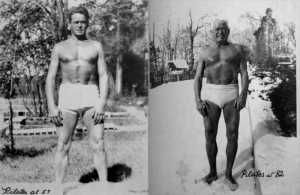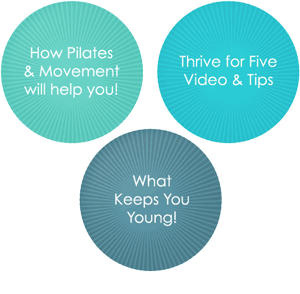Most people believe that a tight muscle means a strong muscle, supposing that a bulging muscle with a limited range of motion means strength. Let’s put this urban myth to rest.
A truly strong muscle must have the ability to generate force. The greater the force, the stronger the muscle. Tight muscles are limited in their ability to generate force.
Tight muscles are stuck in a limited or shortened range of motion, which is why we also call them short muscles. Short muscles have lost contractibility since they are stuck in small range of motion. They don’t have room to contract; they perform poorly; and they generate less force than a muscle with a full range of motion.
You can also think of a strong muscle as a muscle that is ready to perform. A tight muscle is an exhausted muscle, not ready to perform since it is tense and therefore expending great energy every second. When a tight (exhausted) muscle is called upon to perform, it will do so poorly and could end up injured.
These facts are more than muscular philosophy with no grounding in real world performance. A number of studies have been conducted on different muscles in the body with the same results: strength training that incorporates the greater range of motion creates a stronger, more toned muscle by all measures: a muscle with a greater ability to generate force.
Where can you go to work your muscles in a full range of motion?
Your favorite local Pilates studio (preferably with us at Pilates Studio
City and Pilates Studio City-Porter Ranch)! Yes, Pilates exercises incorporate full range of motion AND they demand a slow, controlled release of each muscle (known as eccentric contraction). Thus, your muscles develop power and flexibility simultaneously, which equals true strength! Keep up your regular Pilates practice to keep your muscles healthy and strong for years to come!


